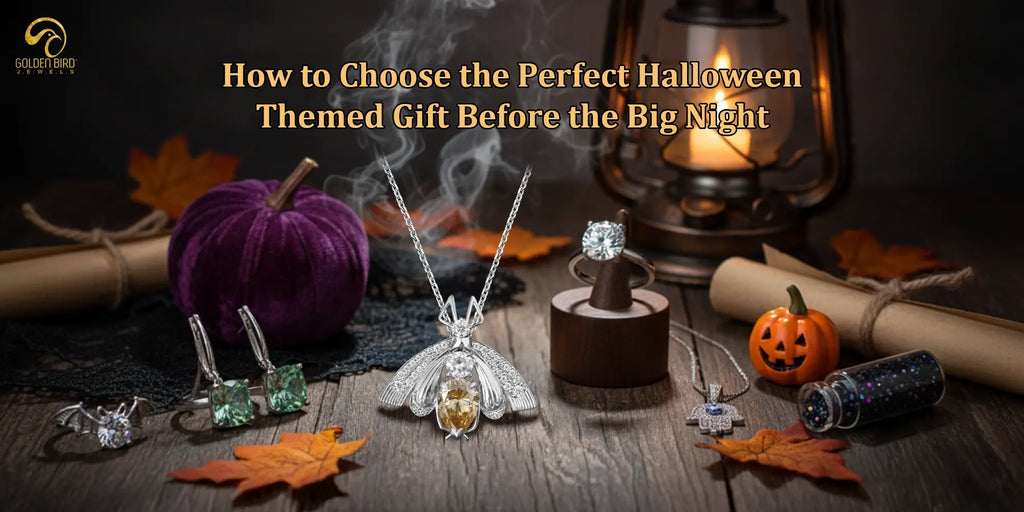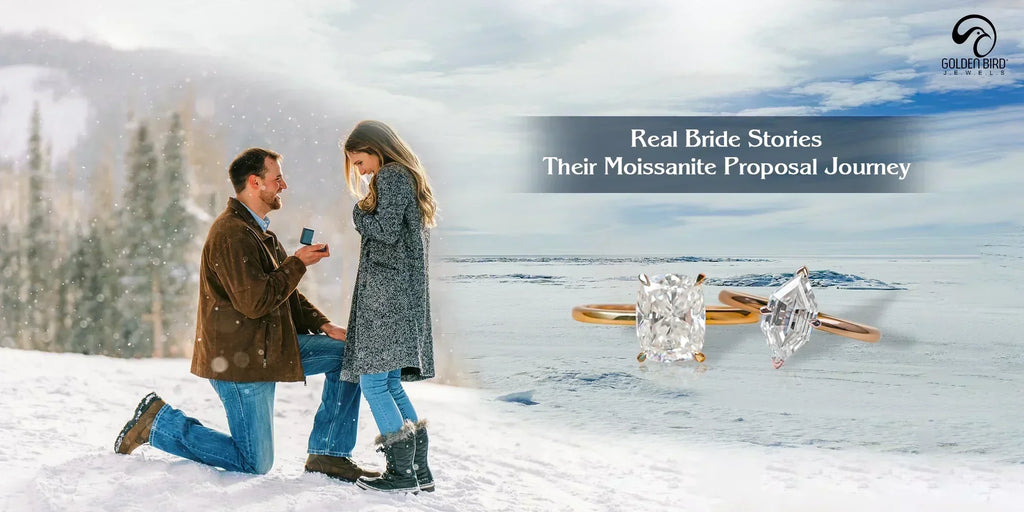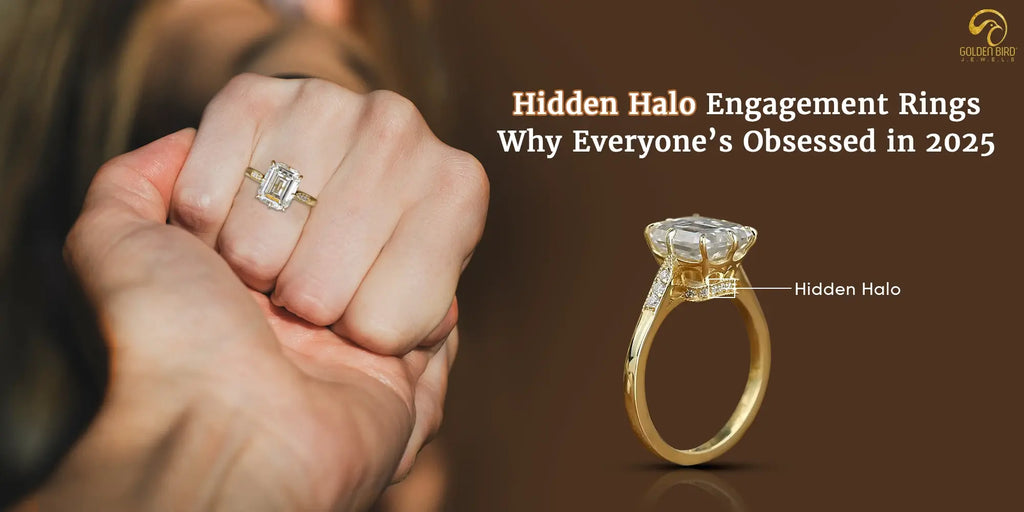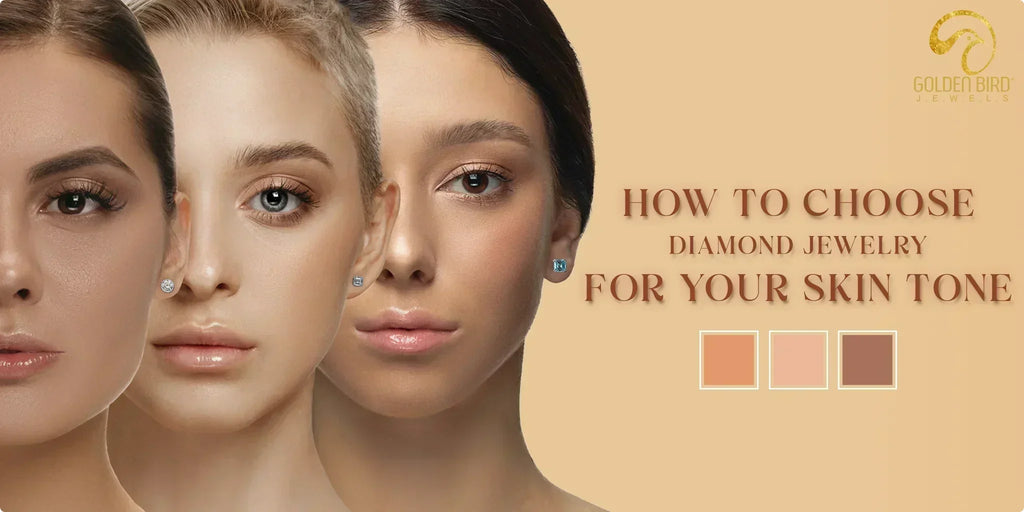Moissanite vs. Cubic Zirconia: The Ultimate Guide to Choosing the Best Diamond Alternative
Every romantic partner dreams of gifting diamond jewelry to their loved one as a symbol of affection and commitment. However, with diamonds comes a hefty price tag, therefore many seek more affordable alternatives.
This is where diamond simulants come in—stones that mimic the sparkle and durability of diamonds without breaking the bank. The two most popular options are moissanite and cubic zirconia, both crafted in laboratories using eco-friendly processes.
But which one is the best choice for your engagement ring or anniversary pendant? By the end of this article, you'll know which stone will make your jewelry shine.
Table of Contents
▼
Both Moissanite and Cubic Zirconia (CZ) were discovered naturally, similar to diamonds, but their rarity in nature led to a decline in demand. To make these gemstones accessible, they are now produced in laboratories, offering a brilliant appearance without the high cost.
History of Moissanite

Cosmic Origin: This synthetic gem history starts with a cosmic event. It was discovered in a meteorite crater in Arizona.
Discovery: In 1893, French chemist Dr. Henri Moissan found tiny, shimmering crystals in the crater. Initially, he thought they were diamonds due to their brilliance.
Identification: Further study revealed these crystals were a new mineral composed of silicon carbide. This mineral was later named moissanite in honor of Dr. Moissan.
Rarity: Natural moissanite is extremely rare on Earth.
Lab Creation: To meet demand, scientists developed methods to create this gemstone in laboratories.
Mainstream Popularity: By the 1990s, Charles & Colvard, holding the patent for creating this gem, began producing it for jewelry. This made moissanite a popular, stunning, and affordable alternative to diamonds.
Today, it is loved for its brilliance, durability, and ethical production. It's become a popular choice for engagement rings and other fine jewelry, captivating people with its dazzling look and celestial origins.
History of Cubic Zirconia

Discovery: Cubic zirconia (CZ) was first discovered in its natural form in 1892 by German mineralogists in the mineral baddeleyite.
Commercial Significance: The 1970s marked a breakthrough when Soviet scientists developed a method to synthesize cubic zirconia in labs, making it commercially viable.
Jewelry Revolution: By 1976, CZ was being produced commercially, offering a stunning, affordable alternative to diamonds. Its diamond-like appearance, combined with its durability and affordability, made it an instant favorite.
Popularity: Jewelers and consumers appreciated it for its brilliant sparkle that closely resembles diamonds, but at a much lower cost.
Technological Advancements: Over the years, the production of cubic zirconia has been refined, allowing for various cuts, colors, and sizes, increasing its popularity.
Current Status: Today, CZ is one of the most widely used diamond simulants, loved for its brilliance, versatility, and affordability.
Both moissanite and cubic zirconia have rich histories and are now popular choices for fine jewelry, each offering unique qualities that make them stand out as alternatives to natural diamonds.
Durability: Moissanite vs Cubic Zirconia
Durability is crucial when choosing a gemstone for everyday wear. Moissanite and cubic zirconia are both durable, but they differ in their resilience.
Moissanite Durability
Moissanite scores 9.25 on the Mohs scale of hardness, making it incredibly durable. This means it is highly resistant to scratching and abrasion, making it suitable for daily wear. Its high hardness makes it more resistant to chipping and breaking compared to cubic zirconia.
Cubic Zirconia Durability
Cubic zirconia, on the other hand, scores 8-8.5 on the Mohs scale. While still durable, it is softer than moissanite and more prone to scratching and wear over time. With regular use, CZ may show signs of wear, including surface scratches and a loss of brilliance.
Conclusion: Moissanite has an edge in durability compared to cubic zirconia, making it a better choice for those who require a more resilient stone for everyday wear.
The Brilliance and Refractive Index
The brilliance of a gemstone is determined by its refractive index, which measures how much the stone bends and reflects light. Higher refractive indices generally mean more sparkle.
Moissanite Brilliance
Moissanite has a higher refractive index than both diamonds and cubic zirconia. With a refractive index of 2.65-2.69, moissanite exhibits exceptional brilliance and fire, reflecting light in a way that can outshine many diamonds.
Cubic Zirconia Brilliance
Cubic zirconia has a refractive index of 2.15-2.18. While it also displays a good level of brilliance, it does not match the sparkle and fire of moissanite. CZ may appear less fiery and less reflective compared to moissanite.
Conclusion: Moissanite's higher refractive index gives it superior brilliance compared to cubic zirconia, making it a more dazzling choice for those who prioritize sparkle.
Fluorescence Effects
Fluorescence in gemstones refers to their ability to emit light when exposed to ultraviolet light. This can affect the stone's appearance, especially in different lighting conditions.
Moissanite Fluorescence
Moissanite generally does not exhibit fluorescence. This means it will not show noticeable color changes under UV light, maintaining its consistent appearance in various lighting conditions.
Cubic Zirconia Fluorescence
Cubic zirconia may exhibit some fluorescence, which can lead to a slight color shift or a milky appearance under certain lighting conditions. This can affect its overall brilliance and clarity.
Conclusion: Moissanite's lack of fluorescence ensures a consistent appearance, while cubic zirconia's potential fluorescence may affect its look under certain conditions.
Color Options
Both moissanite and cubic zirconia are available in a range of colors, offering various choices for personalization and style preferences.
Moissanite Color Options
Moissanite is available in different color grades, ranging from colorless to near-colorless, and even shades of yellow and green. The most popular choice is colorless moissanite, which mimics the appearance of high-quality diamonds.

Cubic Zirconia Color Options
Cubic zirconia offers a broader range of colors compared to moissanite. CZ can be found in virtually any color, including vibrant hues like blue, pink, and green. This makes it a versatile choice for custom jewelry designs.
Conclusion: Cubic zirconia offers more color options, while moissanite provides a more diamond-like appearance with its color grades.
Antique Cut Variations
Antique cuts are a popular choice for those seeking a vintage or classic look. Both moissanite and cubic zirconia can be cut into various antique styles, but there are differences in their appearance and availability.
Moissanite Antique Cuts
Moissanite can be cut into several antique styles, such as the old mine cut and the rose cut. These cuts enhance the gem's brilliance while giving it a timeless look.
Cubic Zirconia Antique Cuts
Cubic zirconia can also be cut into antique styles, and due to its versatility and affordability, it is often used to replicate historic designs. The availability of antique cuts in CZ is extensive.
Conclusion: Both moissanite and cubic zirconia offer antique cut variations, but the choice may depend on budget and specific design preferences.
Value Comparison
| spect | Moissanite | Cubic Zirconia |
|---|---|---|
| Cost | More expensive than cubic zirconia but cheaper than natural diamonds. | Significantly less expensive than both moissanite and diamonds. |
| Hardness | Superior hardness, making it more durable and resistant to scratching. | Lower hardness, making it more prone to scratches and wear over time. |
| Brilliance | Exceptional brilliance and fire due to its higher refractive index. | Good brilliance, but less than moissanite and natural diamonds. |
| Longevity | Long-lasting, durable, and ideal for everyday wear. | May not last as long as moissanite due to lower durability. |
| Value | Cost-effective alternative to natural diamonds, offering high value for its price. | Excellent value for those seeking the look of a diamond at a lower cost. |
Conclusion: Moissanite offers greater durability and brilliance, providing a higher value, whereas cubic zirconia is a more budget-friendly option.
Conclusion
Choosing between moissanite and cubic zirconia depends on your priorities and budget. Moissanite offers greater brilliance and durability, making it a preferred choice for engagement rings and fine jewelry. Cubic zirconia, on the other hand, is a more budget-friendly option that still provides a diamond-like appearance.
Consider your lifestyle, the piece's purpose, and how much you want to invest when making your decision. Both options provide excellent alternatives to natural diamonds and can add sparkle and elegance to your jewelry collection.
FAQs
Is moissanite more expensive than cubic zirconia?
A: Yes, moissanite is generally more expensive than cubic zirconia due to its higher durability and brilliance.
Can cubic zirconia be used in engagement rings?
A: Yes, cubic zirconia can be used in engagement rings. However, it may not have the same durability as moissanite or natural diamonds.
How do I care for moissanite and cubic zirconia jewelry?
A: Both moissanite and cubic zirconia can be cleaned with mild soap and water. Moissanite is more resistant to scratches and requires less frequent maintenance compared to cubic zirconia.




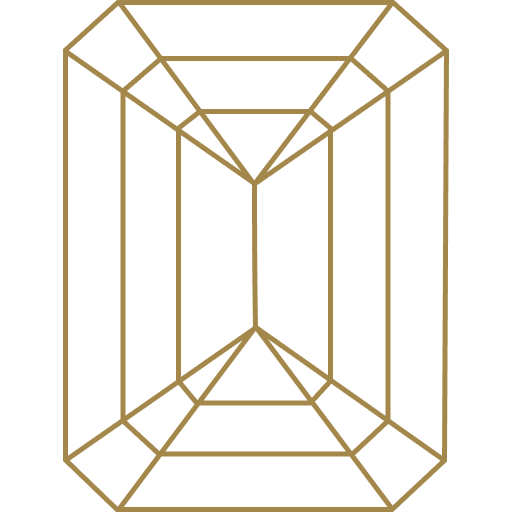
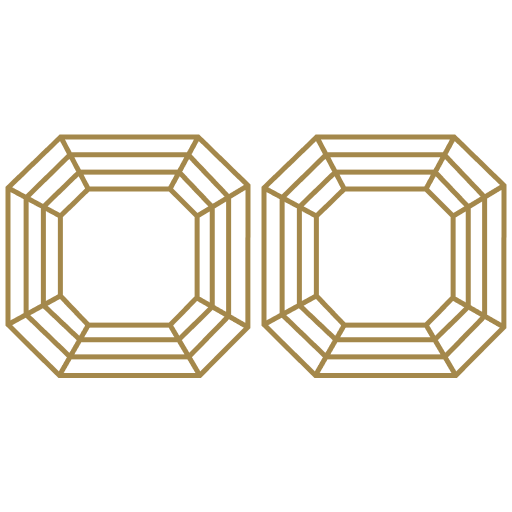













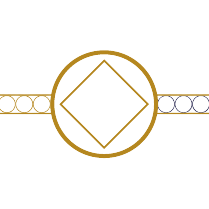

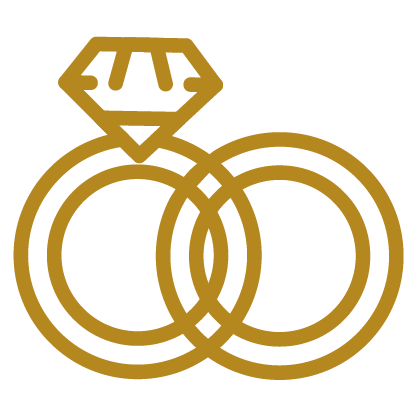





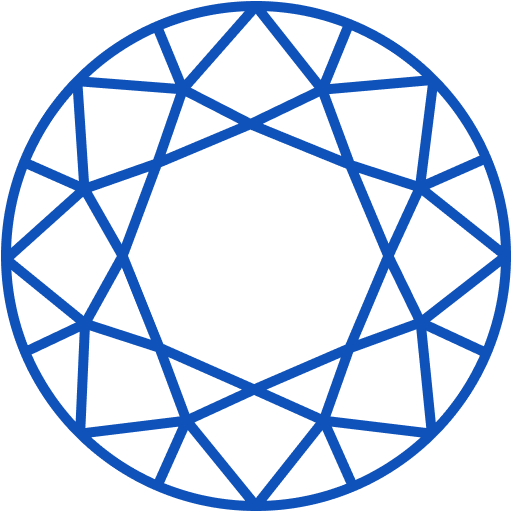
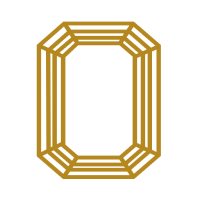


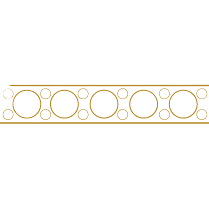
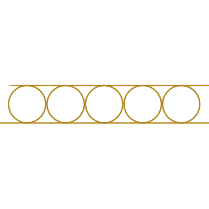

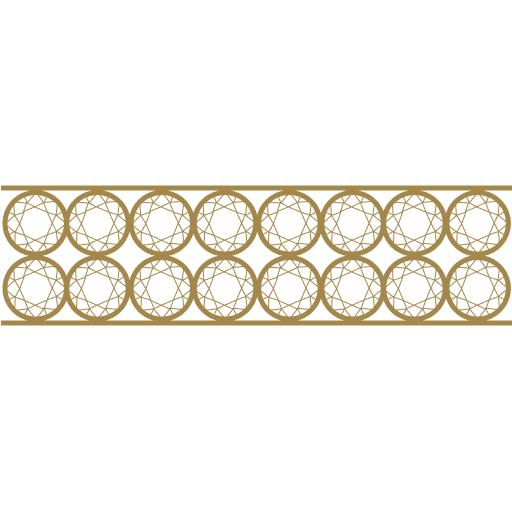
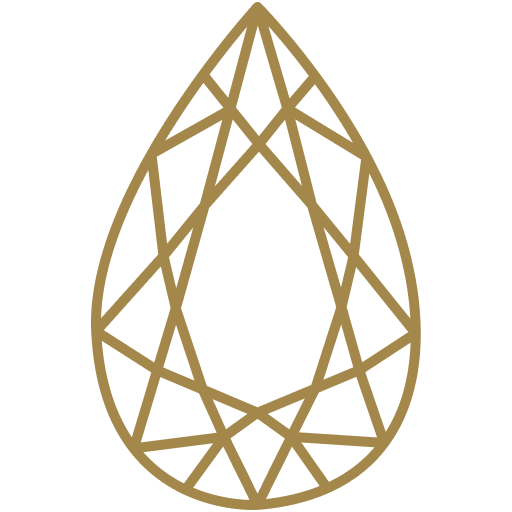

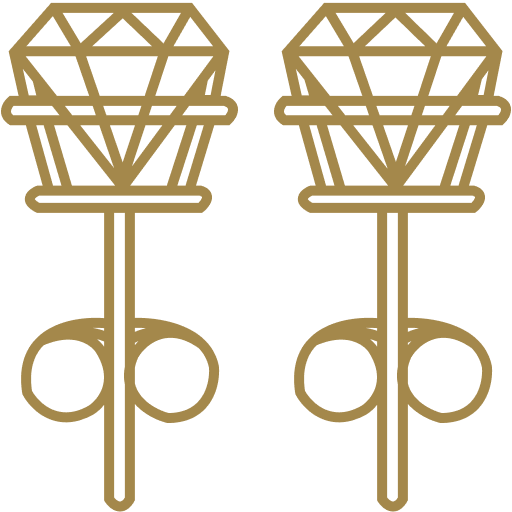


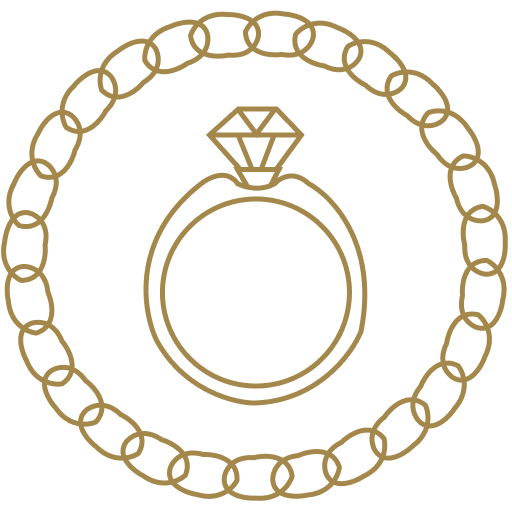

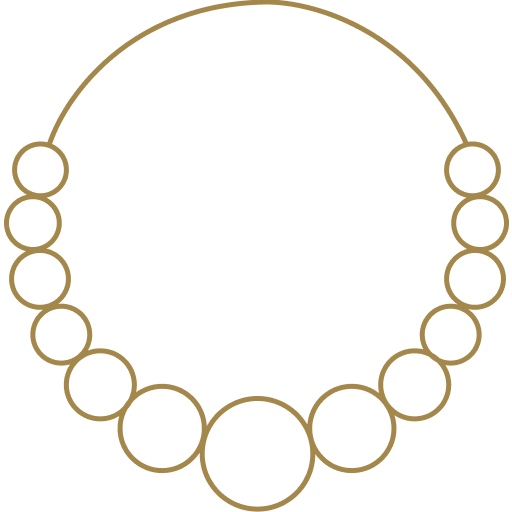
![[Cubic Zirconia Vs Moissanite differene with every aspects to know]-[golden bird jewels]](http://de.goldenbirdjewels.com/cdn/shop/articles/Blog-Cubic_Zirconia_Vs_Moissanite_1.webp?v=1717575703&width=5000)







